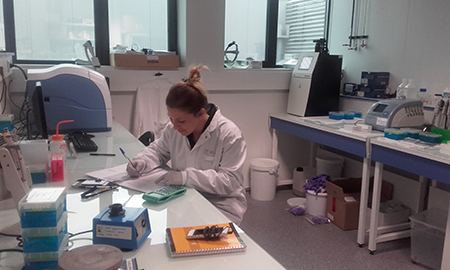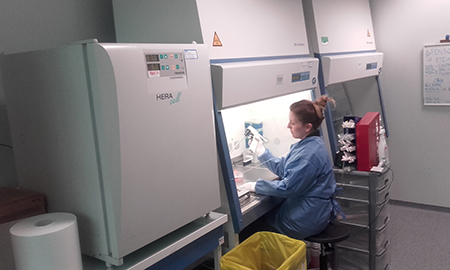Antioxidants are compounds with a high added value and their qualities are valued by industry actors positioned on the area of health prevention (cosmetics, pharmaceuticals, agro-foods). The term « antioxidants » is used for a wide range of substances (more than 5,000 for the sole family of polyphenols) that fight against oxidative stress, reducing free radical concentration by diverse mechanisms interfering with the redox status of the cells.
In terms of scientific approach, research on the antioxidants effects at the cell level remains complex and the understanding of their interference with oxidative stress in the human body only partially explained.
Moreover, traditional chemical tests such as ORAC, TRAP, FRAP, TEAC, FOX, … deployed for decades do not inform about the physiological functions of antioxidants. These assays have been discredited for years and strongly discouraged by the main health monitoring authorities, in Europe (see for example EFSA’s opinion : http://onlinelibrary.wiley.com/doi/10.2903/j.efsa.2018.5136/epdf) qu’américain (https://www.ars.usda.gov/northeast-area/beltsville-md-bhnrc/beltsville-human-nutrition-research-center/nutrient-data-laboratory/docs/oxygen-radical-absorbance-capacity-orac-of-selected-foods-release-2-2010/).
Then, the study of antioxidant effects on live cell models currently represents the most advanced approach for demonstrating antioxidant physiological effects. Fluorescent biosensors indicative of the oxidative stress level generated within the cell represent the most common bench tools used today but they are costly, scarce, non-standardized, limited in their throughput and reflect oxidative but not antioxidative status of the cells. Indeed, they stay confined into academic laboratories.
Our mission
AOP’s mission is to provide the industry with a technology that is simple, standardized and high throughput ensuring demonstration antioxidant effects on live cell models of any type. The patented technology, named LUCS (for Light Up Cell System) recently received an international acknowledgement by the international peer-reviewed and well-recognized Nature journal which published cell mechanism involved in LUCS in its online version (Scientific Reports) on December 22nd, 2017 (https://www.nature.com/articles/s41598-017-18211-2.pdf)
On the back of this reference, AOP also intends to develop novel innovative cell-based tests giving more useful information on sample antioxidant effects within cells. AOP’s R&D is currently focused on:
- Cellular pathways that drive the natural cell defence in response to oxidative stress (i.e. Nrf2/ARE transcription pathway)
- Bioavailability of antioxidants in human intestinal cells (i.e. CaCo2 cells)
- Simulation of digestive tract
- Hormesis effects (induced by polyphenols, for instance)





